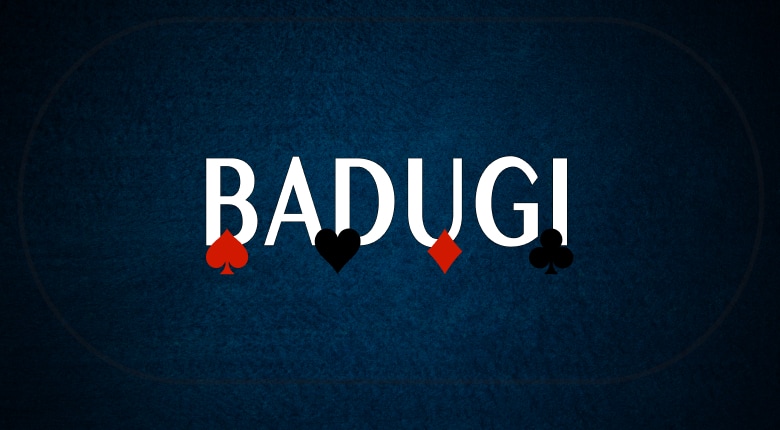
The Power of Preflop Starting Hand Charts in Poker
The thrill of poker is undeniable. From the moment you enter the online portal, greeted by appealing offers such as the Forbes casino bonus, to the very last hand you play, the excitement remains palpable. However, the difference between a novice player and a seasoned one often comes down to strategy. A critical element of that strategy? Preflop starting hand charts. Let’s embark on a journey to unravel the mystery of these charts.
Starting hand charts and why are they needed?
Starting hand charts act as roadmaps for poker players, guiding them on which hands to play or fold before the flop, depending on their position at the table. These charts are essential for several reasons:
- Reducing Mistakes: For beginners, it’s easy to get swayed by the potential of a hand. Charts help players avoid common pitfalls.
- Consistent Strategy: Consistency is key in poker. By sticking to a chart, players can maintain a stable approach, especially in early stages.
- Building Confidence: Knowing you’re playing hands backed by statistical analysis boosts confidence and can help in making post-flop decisions.
Chart for 9-max
9-max tables, or full ring games, are filled with nine players, making them less aggressive due to more players contesting for the pot. Here, tight play is rewarding.
- Early Positions (UTG, UTG+1): Premium hands like AA, KK, QQ, JJ, and AKs.
- Middle Positions: Broaden to hands like TT, 99, AQs, AJs.
- Late Positions (Button, Cut-off): Widen range further to include hands like 88, 77, A10s, KQ.

Chart for 6-max
6-max games are more aggressive due to fewer players. Thus, hand ranges expand:
- Early Positions: Include AQ, AJ, KQs, along with premium hands.
- Middle Positions: Add in hands like 66, 55, A10, KJs.
- Late Positions: Consider hands down to 44, 33, A9s, K10s, QJs.
Charts for MTT
Multi-Table Tournaments (MTTs) have dynamic stages, each requiring different strategies:
- Early Stage: Similar to 9-max, prioritize premium hands.
- Middle Stage: As blinds increase, incorporate more middle pairs and suited connectors.
- Late Stage: Adjust based on stack size. Short stacks might require aggressive shoves with broadened hand ranges.
Chart for Spin&Go
Spin&Go tournaments are three-player, fast-paced games with varying prize pools. The strategy is inherently aggressive:
All Stages: Given the turbo nature, hand ranges are wide. Include suited connectors, any Ace, middle-to-high pairs, and even hands like K9s, Q10s based on position and chip stack.
While starting hand charts provide an excellent guideline, the beauty of poker lies in its unpredictability and the need for adaptive strategies. Treat these charts as a foundation, but remember, the nuances of individual games, player tendencies, and gut instinct also play a part in crafting a winning poker journey.




